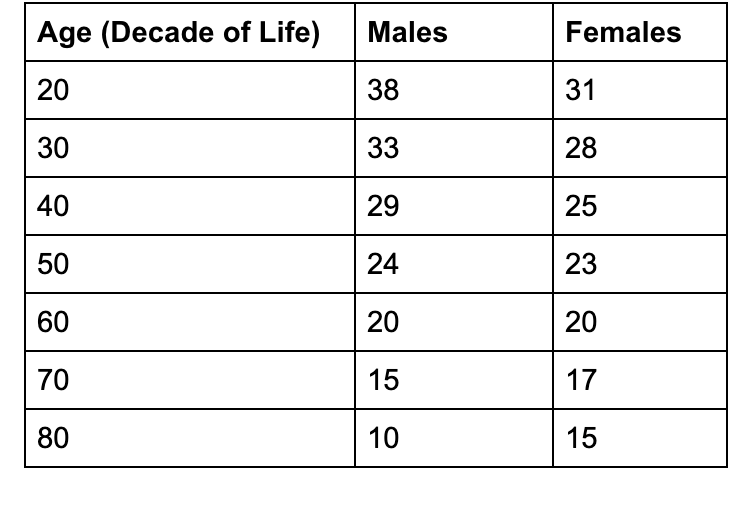Plantar Fasciitis Pain
As the weather warms up over the next few weeks, people are starting to enjoy the outdoors more than we’ve been able to over winter. It’s now flip flop and sandals weather, and it’s so much easier to walk, run, or hike outdoors.
With that, we tend to see an influx of people with foot pain right around this time of year. You may have heard of or experienced plantar fasciitis before.
The plantar fascia is a piece of connective tissue that goes from the heel up to the toes. It was originally thought that this became inflamed, and caused the pain. What we know now is that over time, the structure of the plantar fascia can actually change (it adapts to the stress it experiences, both good and bad). Thickening of the plantar fascia and degenerative changes occur at the heel. The good news is this can change back to a more normal state with the right exercises.
So what do we do about it?
Many patients feel relief by having some arch support in their shoes. This means limiting use of flip flops and finding a pair of supportive shoes. Some patients are fine with shoes that have good support in them whereas others feel best with an insert. A good place to start is an over the counter insert as they are usually cheaper and just as effective as a custom orthotic. Our local running stores can help you pick the pair that is best for you.
Sandals are not off the table, but look for a pair that has better arch support and a strap around the heels.
As far as physical therapy exercise goes, calf strength is king. A recent study confirmed that being able to perform fewer calf raises was associated with plantar fascia pain. As people worked to improve their calf strength, they noticed a decrease in their heel pain. Calf strengthening, calf stretching, and ankle mobility are all helpful in alleviating symptoms of plantar fascia pain. (See chart below from Hebert-Losier et al 2017.) Improving strength and control at the hips (glutes) and quads can improve how much stress your foot muscles encounter with walking and running and can also improve balance.
The tricky thing with plantar fascia pain is that it can take awhile to feel better - sometimes as long as 6 to 12 months. That seems like a long time, but know that there are things you can do to help manage your symptoms while it is healing. A few favorite exercises include: Standing calf raises, seated calf raises, toe yoga, calf mobility with a stick roller or rolling pin, and plantar fascia stretching.
If you have specific questions regarding plantar fasciitis or would like to see one of our therapists, contact us at info@keprospt.com to set up an evaluation.



